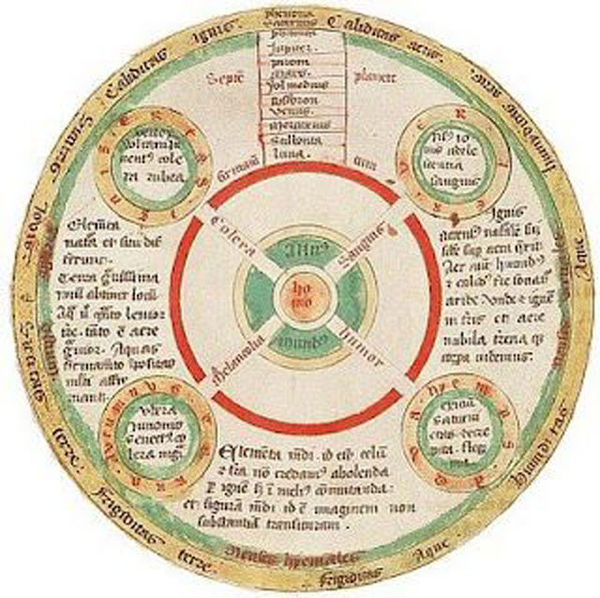From the Medieval Studies Research Blog: "Medieval Sexuality, Medical Misogyny, and the Makings of the Modern Witch"

With Witch ranked the most popular costume nationwide, Frightgeist reports, “There’s a frighteningly high chance you will see a Witch costume on Halloween this year”—and these costumes will likely share some similarities. Asked to describe the physical features of a witch, we tend to list tropic characteristics like those returned through a Google search: she is old and ugly with a hooked nose and green or otherwise sallow skin. First and foremost, however, the witch is a woman.
The last known execution for witchcraft was recorded in 1782, at which time some 110,000 people had been tried and up to 60,000 had been executed—most of them women. Not quite as well-known as the witch trials themselves, the Malleus maleficarum, or the Hammer of Witches, served not only as an extensive manual for the identification of witches but also advocated for their extermination.
But even before the publication of the Malleus in 1487, there was De secretis mulierum, or On the Secrets of Women, an immensely popular treatise composed in the late-thirteenth or early-fourteenth century that still survives in more than 80 manuscripts. Drawing from medieval medical philosophy, the Secrets branded women as evil based on their biological composition and helped lay the foundation for the figure of the witch, which resulted in the deaths of so many women ...
This is an excerpt from “Medieval Sexuality, Medical Misogyny, and the Makings of the Modern Witch," written by Emily McLemore, Ph.D. candidate at the University of Notre Dame. Read the full story.